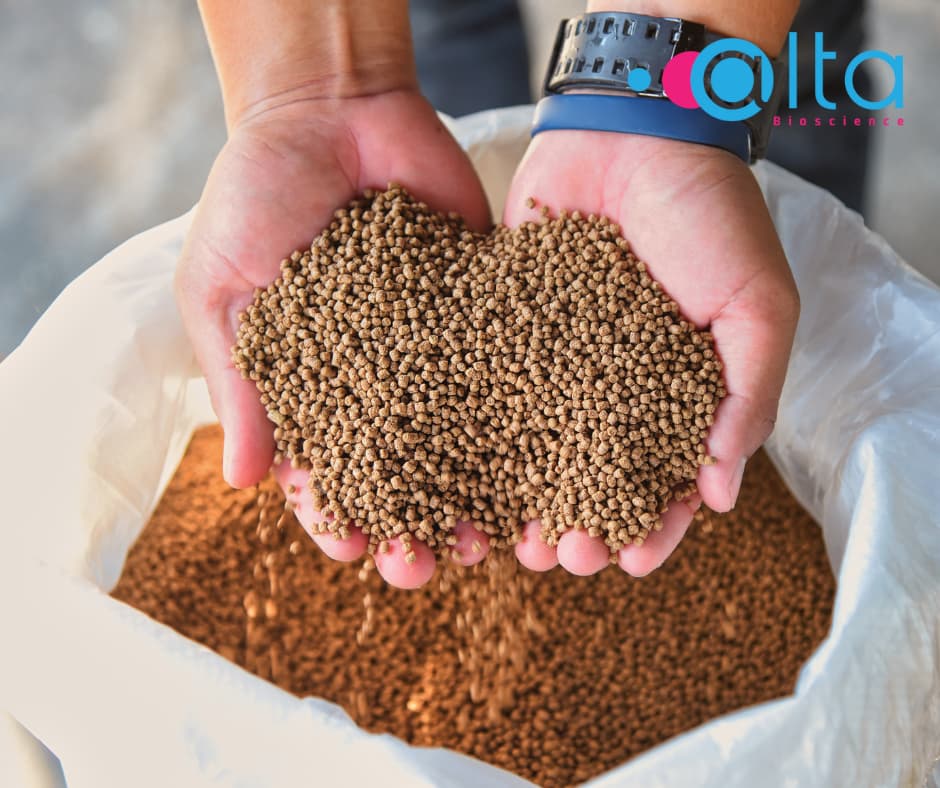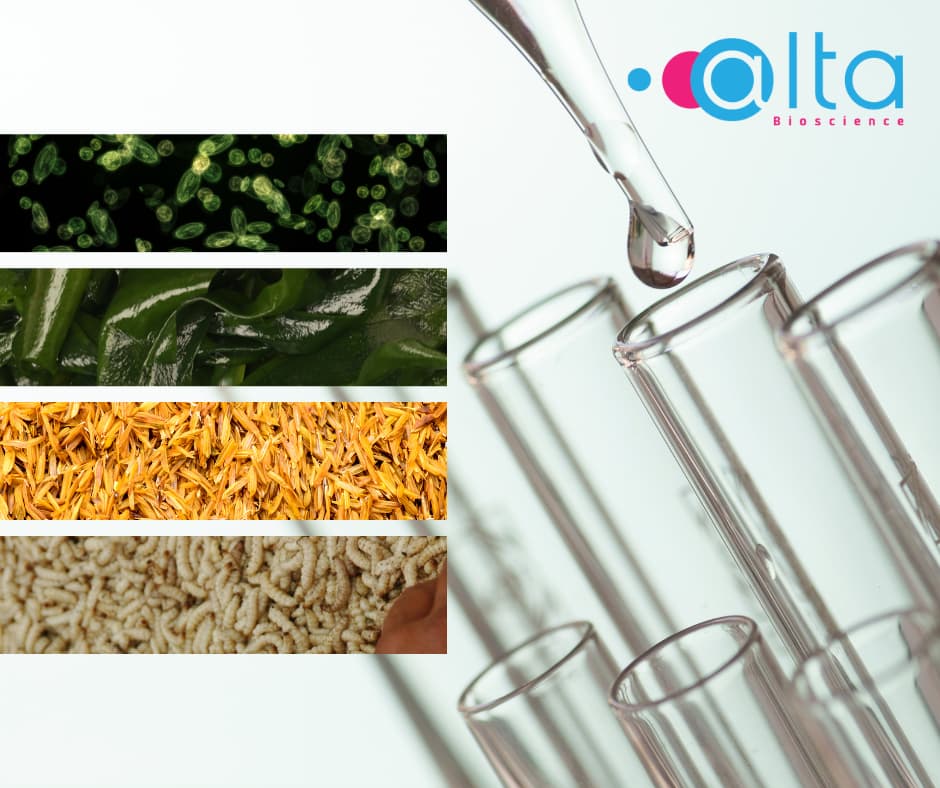Food, feed and drink quantitative analysis
With accreditation to ISO 17025:2017, we provide quantitative analysis of food, feed and drink products to determine a full profile of amino acids. We routinely work within the nutraceutical, farming and food manufacturing industries. The report can also be provided for specific amino acids such as methionine, taurine or phenylalanine, often of interest to customers in specialist food industries.
Analysis of feed, food and drink method
Our laboratory provides two types of amino acid analysis: “total” and “free”. Our team of experts will work closely with you to determine which analysis is most appropriate for your specific requirements. We are happy to sign non-disclosure agreements and can also develop customised methods to meet your unique needs. If you have any questions or would like to learn more, please do not hesitate to contact us.
- Suitable for the analysis of protein content in food, feed and drink products
- Quantification of 18 of the 20 proteinogenic amino acids
- Quantification of hydroxyproline, cysteine and tryptophan in samples with additional techniques
- Analysis of the protein content of specialist low-protein dietary and nutritional products (for phenylketonuria)
- Robust methodology analyses products that are not pure protein-based, such as carbohydrates and fats
- Analyses amino acid ratios and percentage of net peptide content in purified peptides or proteins
A wide range of food, feed, and drink products can be analysed for amino acid content to understand the nutritional content including:
More details on the specific requirements of samples can be found on the amino acid sample information page or in the technical document. However, our team is always on hand to help should you have any questions about the quantitative analysis of food, feed and drink products. For more information, please email us at info@altabioscience.com or call us on +44(0)1527 584495 to speak to one of our experts.
Related articles

Assessing Tea Quality Through Theanine Analysis
In this article we look at the health benefits of tea and theanine, and its use in functional foods. Also, discover why theanine analysis is important when assessing the quality of tea and developing new drinks and food products.

Lysine Analysis of Animal Feed
We explore the importance of lysine in diets for the health and performance of animals. We also look at why the quantification of lysine with amino acid analysis can help feed manufacturers develop feed ingredients that are not only optimal for livestock but also kinder to the environment.

Four Alternative Protein Sources for Animal Feed
Discover the latest trends in alternative protein sources and the role of amino acid analysis when developing new feed ingredients.

Amino Acid Analysis of Feed Products for Optimal Animal Nutrition
Amino acid analysis can help feed manufacturers develop cost-effective, nutritionally complete and consistent solutions for optimal animal nutrition.
